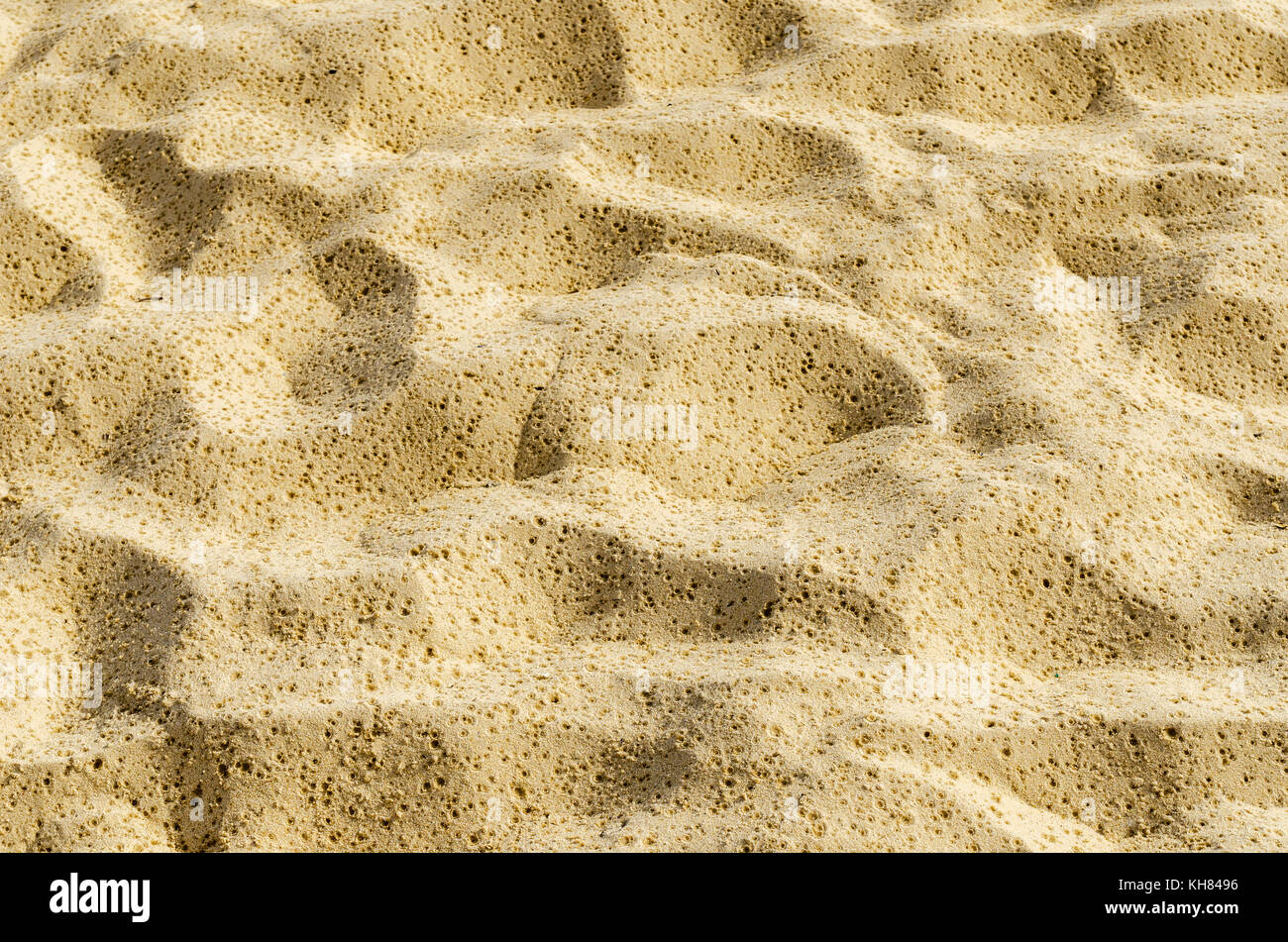
If minerals are to be used to discriminate sedimentary environments, or to establish consanguinity of heavy mineral suites, their hydraulic shapes should be accurately measured, and the effect of shape on the mineral distribution evaluated. Thus, variation in shapes of heavy minerals can produce about the same differences in size frequency distribution as the expected variations in specific gravity. Among particles of the same mineral, shape can influence their hydraulic properties (drag coefficient) to about the same magnitude as variation in specific gravity among the heavy mineral species. Sandstone is one of the most common types of sedimentary rock, and. It also contains a cementing material that binds the sand grains together and may contain a matrix of silt- or clay-size particles that occupy the spaces between the sand grains. Finer granular material than sand is referred to as silt. Sandstone is a sedimentary rock composed of sand-size grains of mineral, rock, or organic material. Sand grains are either mineral particles, rock fragments or biogenic in origin. Sand is composed of sand grains which range in size from 1/16 to 2 mm (62.52000 micrometers). Learn more from the Department of Defense. Other symptoms include cold or flu-like symptoms such as cough, runny nose, and shortness of breath. Symptoms of sand, dust and particulate exposure include irritation of the eyes, nose, throat, and skin. Therefore, atmospheric regions containing such particles. Lines of equal DSF on a dimensionless (C D -R) lot are shown to be logarithmically distributed according to the function DSF = Z = (8F/nu 2 )/(pi C D R 2 rho ), of gradient, VZ=Z(1/C d 2 +4/R 2 ) (super 1/2). Sand is a natural unconsolidated granular material. Human factors including age, health status, existing medical conditions, and genetics. The sand appears dark when deposited on a surface due to the high optical absorption of the material. The geometric shape measures all show a high correlation with the DSF. The results are compared with geometric shape measures obtained from the triaxial dimensions of each particle.


The authors determined the DSF values for 126 specimens of 15 common heavy minerals (magnetite, tourmaline, garnet, etc.) by weighing each grain and by measuring its fall velocity in water. Weve listed any clues from our database that match your search for 'Sand particles'. The shapes of sand particles that affect their hydraulic properties in a moving fluid during entrainment, transport and deposition are closely approximated by their dynamic shape factor (DSF), the squared ratio of fall velocity of the particle to the fall velocity of its nominal sphere. Thanks for visiting The Crossword Solver 'Sand particles'.


 0 kommentar(er)
0 kommentar(er)
